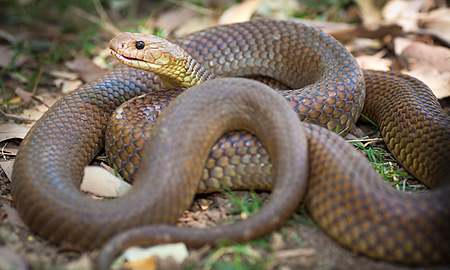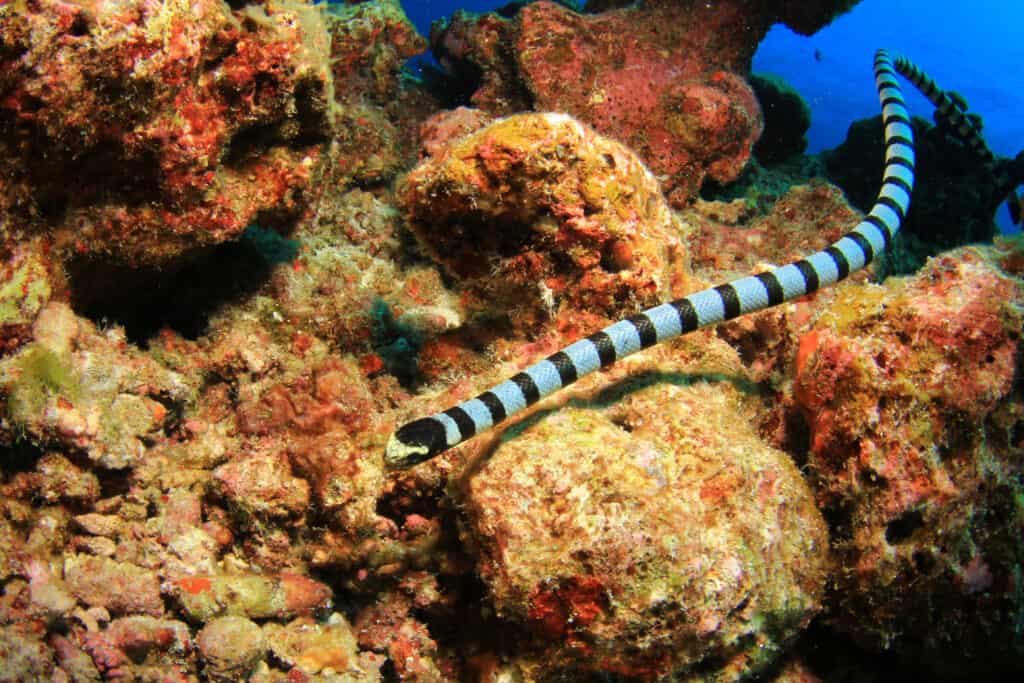Introduction
When it involves poisonous snakes, Australia is home to some of one of the most interesting and hazardous species on the planet. Among these, http://garrettjjgl668.lucialpiazzale.com/first-aid-care-for-snake-bites-best-practices-and-tips the Tiger Snake attracts attention not just for its potent poison but also for its interesting actions. Comprehending the behavior of venomous serpents like the Tiger Snake is crucial for both wild animals enthusiasts and those residing in locations where these serpents are present. This short article explores various facets of Tiger Serpent habits, environment, identification, precaution, and first aid methods in situation of a snake bite.
Understanding the Behavior of Venomous Snakes Like the Tiger Snake
The Tiger Snake, medically referred to as Notechis scutatus, is well-known for its aggressive nature when intimidated. These snakes show a range of behaviors that can be rather different from their non-venomous equivalents.
Characteristics of Tiger Snakes
The Tiger Snake is conveniently recognizable because of its distinctive bands or stripes that look like a tiger's markings. They can differ in shade from yellowish-brown to dark olive or black. This coloration serves not just as camouflage yet likewise as a warning signal to potential predators.

Adaptability to Environment
One impressive element of their habits is their adaptability to different environments. Discovered primarily in coastal regions, marshes, and wetlands throughout Australia and Tasmania, they can prosper in diverse habitats including city locations.
Hunting Techniques
Tiger Snakes are ambush predators mostly preying on fish, frogs, and tiny animals. They have eager vision and a severe sense of odor which aids them in locating victim effectively.
Venom Composition
Their venom contains neurotoxins that influence the nerves, causing paralysis or death in smaller pets. For people, immediate clinical attention is important after a tiger snake bite because of its possibly dangerous effects.
Natural Environment of Tiger Snakes
Preferred Locations
Understanding where these snakes reside clarify their behavior patterns. The tiger serpent habitat includes:
- Coastal regions Swamps Grasslands Urban locations with plentiful water sources
Seasonal Movements
During warmer months, Tiger Snakes are extra active as they bask in sunshine or quest for food. On the other hand, colder months see them pulling back right into hibernation sites.

Are Tiger Snakes Venomous?
Yes! The concern "are tiger serpents poisonous?" often occurs amongst those unfamiliar with this types. Their poison is thought about among the most dangerous amongst all serpent varieties worldwide.
Symptoms of a Tiger Serpent Bite
Avoiding venomous snakesIf bitten by a tiger serpent, signs and symptoms might consist of:
- Localized pain Swelling at the bite site Nausea and vomiting Sweating and confusion
Immediate clinical assistance is important as unattended attacks can lead to severe health issues or even death.
First Aid for Serpent Bites: Quick Response Guide
Knowing just how to carry out first aid for a serpent bite might save a person's life. Here's what you ought to do:
Step 1: Continue to be Calm
Keeping tranquility assists decrease heart price which reduces venom spread.
Step 2: Debilitate the Influenced Area
Keep the affected limb still and listed below heart degree if possible.
Step 3: Call Emergency Situation Services
Always look for expert medical aid promptly after a serpent bite.
First Aid for Snake Bite Package Essentials
A well-appointed snake bite first aid kit must include:
- A compression bandage Antiseptic wipes A set of scissors An ice bag
Safety Precautions: Avoiding Snake Bites in Australia
Awareness Programs
Educating areas about neighborhood snake types and their actions can significantly decrease experiences resulting in bites.

Avoiding Harmful Areas
Staying away from lengthy lawn during warmer months decreases call with snakes that may be relaxing or hunting.
Common Misunderstandings About Tiger Snakes
Many people believe mistaken beliefs concerning the actions of tiger snakes result in unneeded anxiety. Right here are some information:
Myth 1: All Tigers Are Aggressive
Not all tiger serpents will certainly present hostility if left uninterrupted; lots of choose taking off instead of confrontation.
Myth 2: They Chase Humans
Tiger serpents do not actively go after humans; they might strike when they really feel threatened yet will usually retreat if provided space.
Conservation Initiatives Related to Venomous Snakes
Conservation efforts concentrate on informing communities concerning protecting local wild animals while decreasing human-snake interactions.
Importance of Ecosystems
Understanding that venomous snakes play a necessary role in preserving ecological equilibrium helps foster admiration as opposed to fear towards them.
FAQs About Tiger Snakes
What should I do if I experience a tiger snake?- Maintain range and gradually back away without abrupt movements.
- While attacks aren't incredibly usual because of recognition efforts, they still occur annually within Australia.
- Baby tiger serpents can provide full dosages of poison despite being smaller sized; for this reason caution is encouraged around them.
- They mostly consume frogs, fish, small animals like rodents, and various other reptiles.
- It's unlawful in most territories without correct licensing because of security concerns regarding their venom.
- Wear sturdy boots and stay on marked routes; appearance prior to placing hands or feet right into hidden spaces like rocks or logs.
Conclusion
Understanding the actions of venomous serpents like the Tiger Snake not just enhances our knowledge but also promotes security understanding amongst those living near their environments. From recognizing their qualities, comprehending emergency treatment protocols adhering to a bite, via engaging conservation Is a brown snake poisonous efforts-- every element plays an essential duty in cultivating conjunction with these remarkable reptiles while appreciating their place within our ecosystem.
As we deepen our understanding via education and experience, we add positively toward making sure both human security and wild animals conservation-- benefitting all events involved!